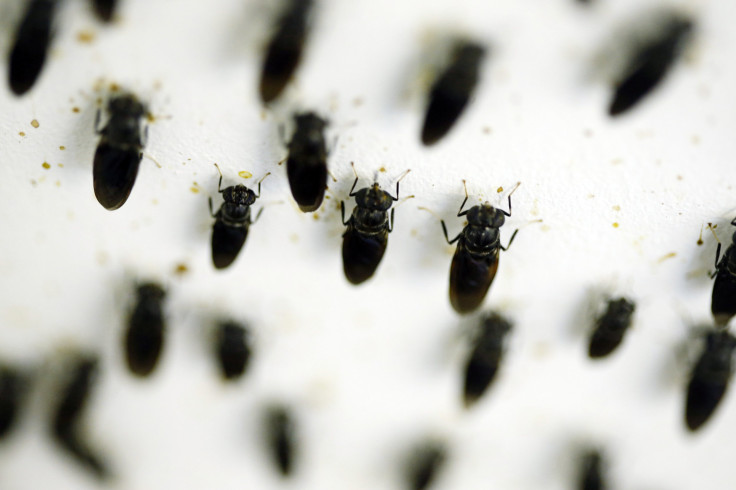Flies, Worms And Humans Share More Genetic Codes Than Previously Thought, Study Says

Flies, worms and humans are separated by hundreds of millions of years of evolution, but yet they share ancient patterns of gene expressions, two new studies reveal. According to researchers, evolution used remarkably similar molecular toolkits to shape these species into what they are today.
The researchers said in the studies, published in the journal Nature on Thursday that fly, worm and human genomes are all composed of the same building blocks, but the human genome is more than 10 times larger than those of the worm and fly. However, the gene expression patterns among the three were so similar that researchers were able to use the human genes to match up the stages in worm and fly development.
“It is remarkable to find these similarities across a half billion years,” Mark Gerstein of the Yale University in New Haven, Connecticut and a senior author of one of the Nature papers, said in a statement. “It also illustrates how studying model organisms can help us to annotate the human genome.”
As part of the study, the researchers focused on patterns of the process by which information encoded in DNA is transferred to RNA, and found that the control of this process by the packaging of DNA is very similar in all of the organisms.
“When we look at flies or worms, it is difficult to believe that humans have anything in common with them,” Gerstein said. “But now we can see deep similarities in them that better help us interpret the human genome.”
However, the researchers also spotted stark differences between organisms in terms of these fossils, reflecting the divergent evolutionary histories of flies, worms and humans.
“On one hand, we saw similarities that reflect biological necessity and, on the other hand, differences that mirrored the organism's history,” Cristina Sisu, the study’s co-author, said.
© Copyright IBTimes 2024. All rights reserved.












